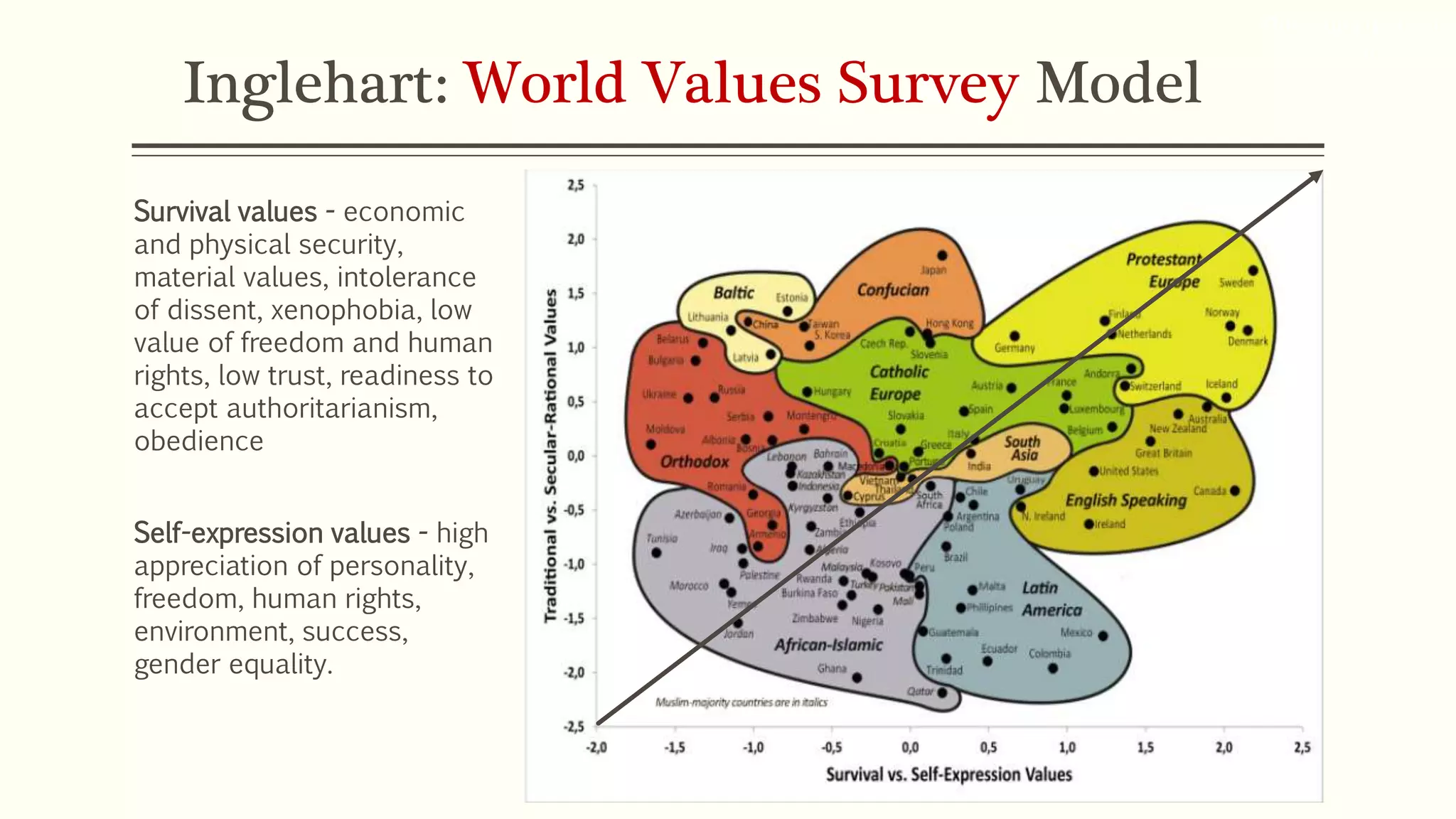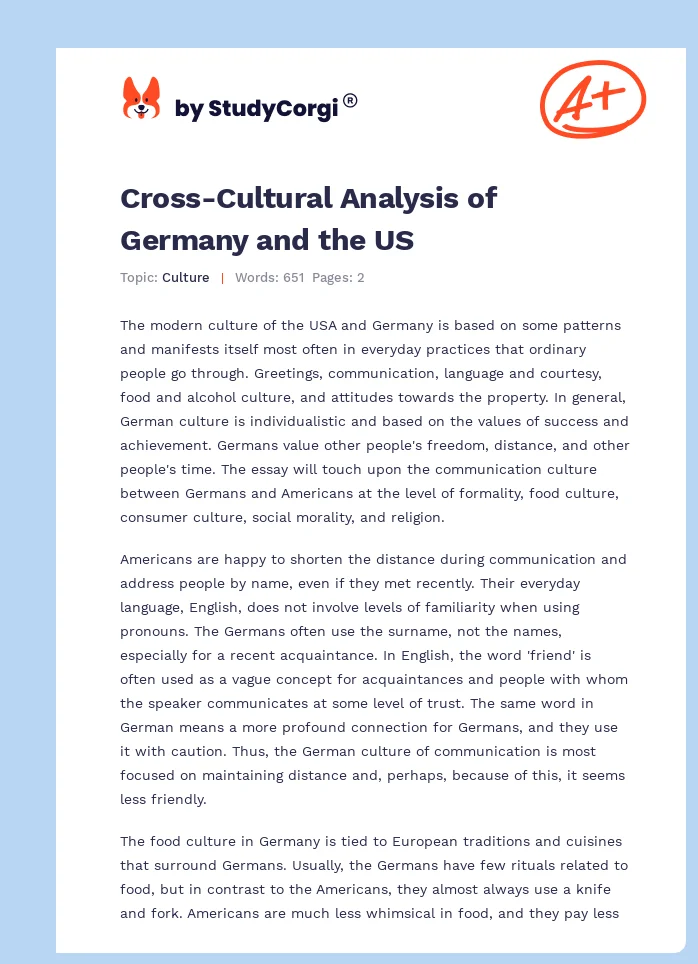Cross Cultural Analysis Refers To The Study Of
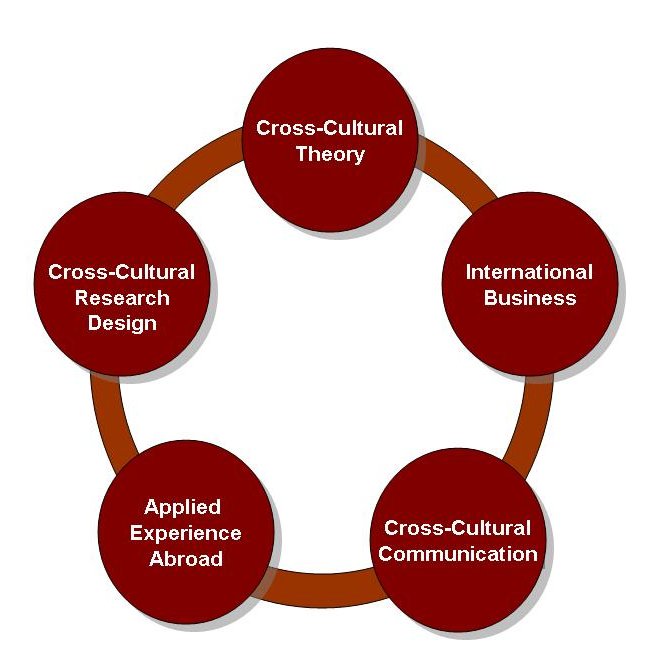
Globalization intensifies cultural interactions, demanding urgent understanding of diverse values and behaviors. Cross-cultural analysis is no longer a niche academic field; it's a crucial tool for navigating interconnected global systems and mitigating potential conflicts.
This article breaks down the core of cross-cultural analysis: what it is, why it matters, and how it’s applied in a world grappling with increasingly complex cross-border challenges.
What is Cross-Cultural Analysis?
At its heart, cross-cultural analysis refers to the systematic study and comparison of different cultures. The primary goal is to identify similarities and differences in values, beliefs, behaviors, and communication styles.
This analysis helps understand how cultural factors influence individuals and groups.
It enables informed decision-making across various domains, from international business to global diplomacy.
Who Benefits from Cross-Cultural Analysis?
The scope of beneficiaries is wide.
Multinational corporations use it to tailor products and marketing strategies to specific markets.
Government agencies rely on it for crafting effective foreign policy and understanding international relations.
Non-profit organizations employ it to design culturally sensitive aid programs.
Even educational institutions and healthcare providers use it to serve diverse populations effectively.
Where is Cross-Cultural Analysis Applied?
Everywhere.
From international business negotiations in Tokyo to humanitarian aid efforts in war-torn regions, cross-cultural considerations are paramount.
It is used in global marketing campaigns in Europe, ensuring resonance with local audiences.
Diplomatic summits and peacekeeping missions are heavily reliant on understanding cultural nuances.
When is Cross-Cultural Analysis Necessary?
Anytime cultures interact.
Specifically, when entering a new market, forming international partnerships, or managing diverse workforces.
It is critical when designing products or services for a global audience, resolving cross-cultural conflicts, or engaging in international diplomacy.
How is Cross-Cultural Analysis Conducted?
Various methodologies are employed.
These methods include surveys, interviews, focus groups, and ethnographic studies.
Researchers often use established frameworks like Hofstede's Cultural Dimensions Theory or Trompenaars' Seven Dimensions of Culture to analyze and compare cultural values.
Data analysis techniques identify patterns and trends, generating insights into cultural differences and similarities.
The Urgency of Cultural Understanding in a Globalized World
The rise of globalization and interconnectedness intensifies the need for cross-cultural understanding.
Misunderstandings arising from cultural differences can lead to miscommunication, conflict, and failed ventures.
According to a 2023 study by the Pew Research Center, cultural misunderstandings account for a significant percentage of failed international business deals.
This necessitates investment in cross-cultural training and education.
Examples of Cross-Cultural Mishaps
Many examples underscore the importance of cultural awareness.
A prominent fast-food chain faced significant backlash in India when it was discovered their vegetarian options were cooked in the same oil as meat products, a violation of Hindu dietary restrictions.
A marketing campaign in the Middle East for a Western clothing brand was deemed offensive due to its disregard for local customs and values.
These mistakes highlight the dangers of ignoring cultural sensitivities in international business and advertising.
The Road Ahead: Ongoing Developments
Cross-cultural analysis is constantly evolving.
Researchers are exploring new methodologies for understanding increasingly complex and fluid cultural landscapes.
Emphasis on intersectionality, acknowledging the interplay of various social and cultural identities, is gaining traction.
Ongoing developments will likely focus on integrating technology and big data to enhance cross-cultural analysis capabilities.
Increased investment in cross-cultural education and training is crucial for navigating the complexities of the globalized world.
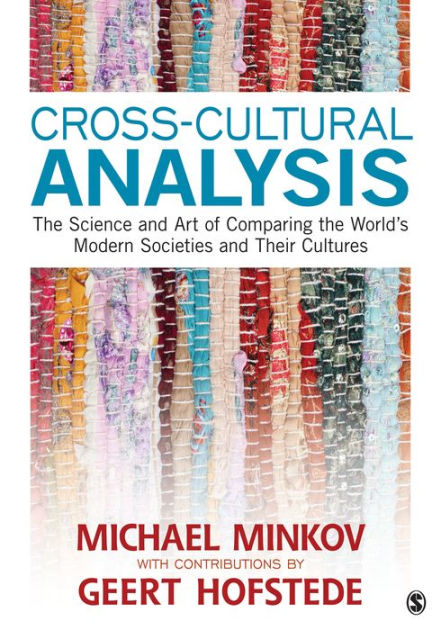




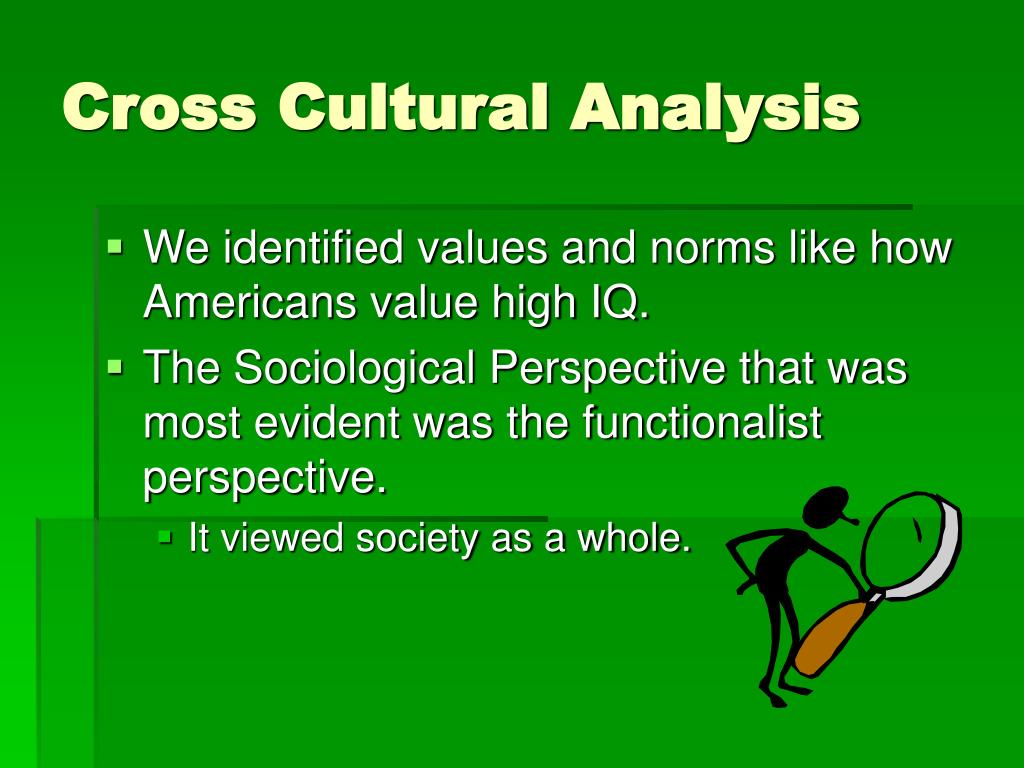
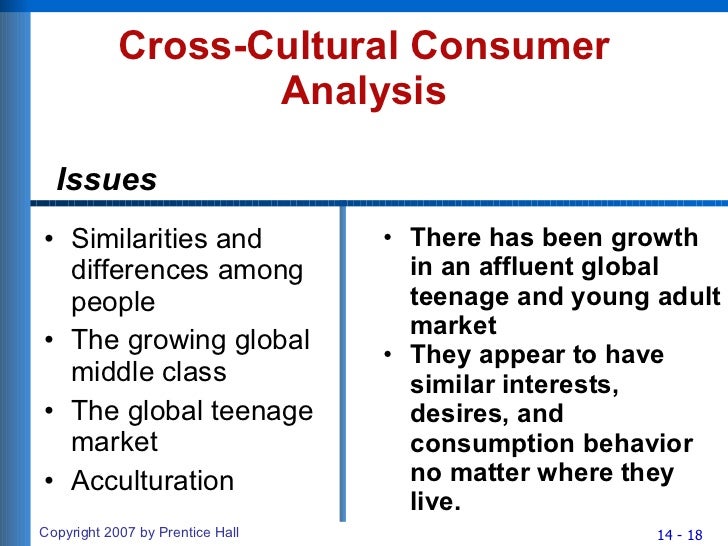

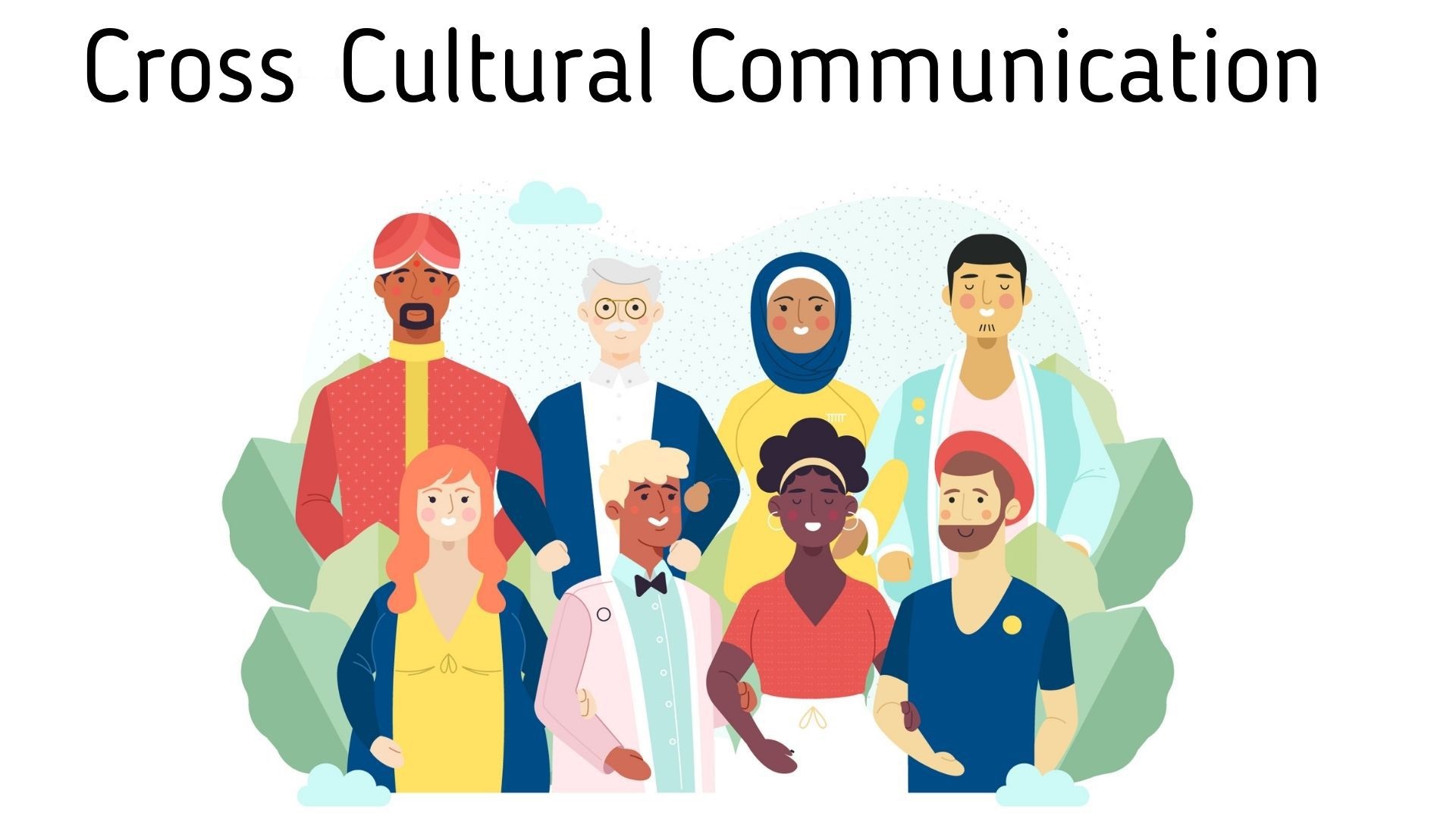




.jpg)
